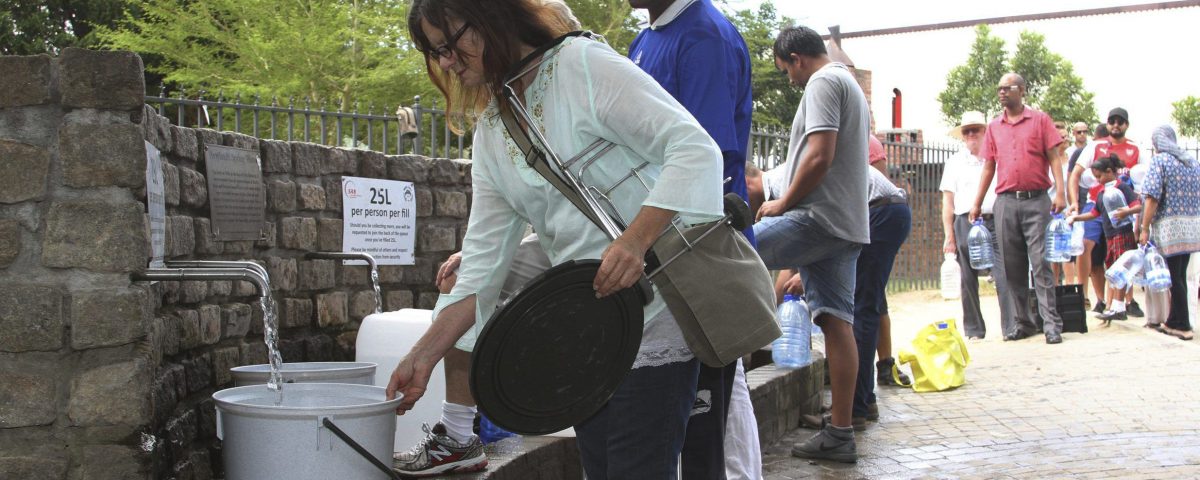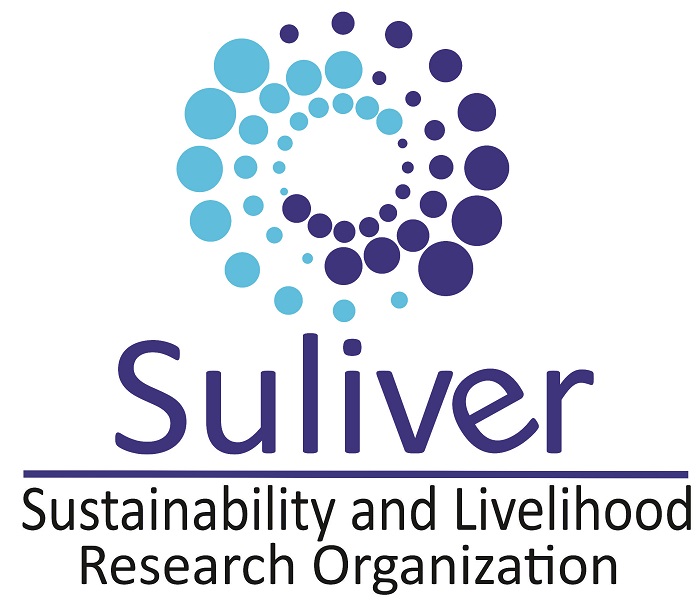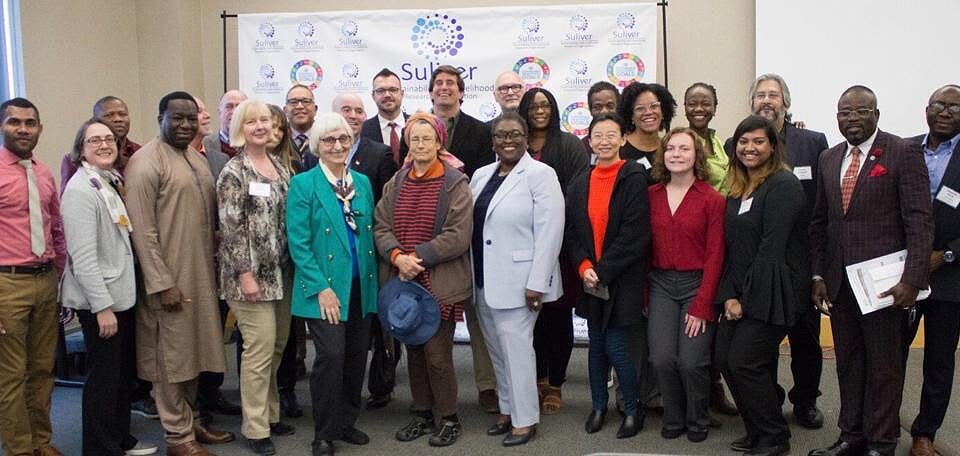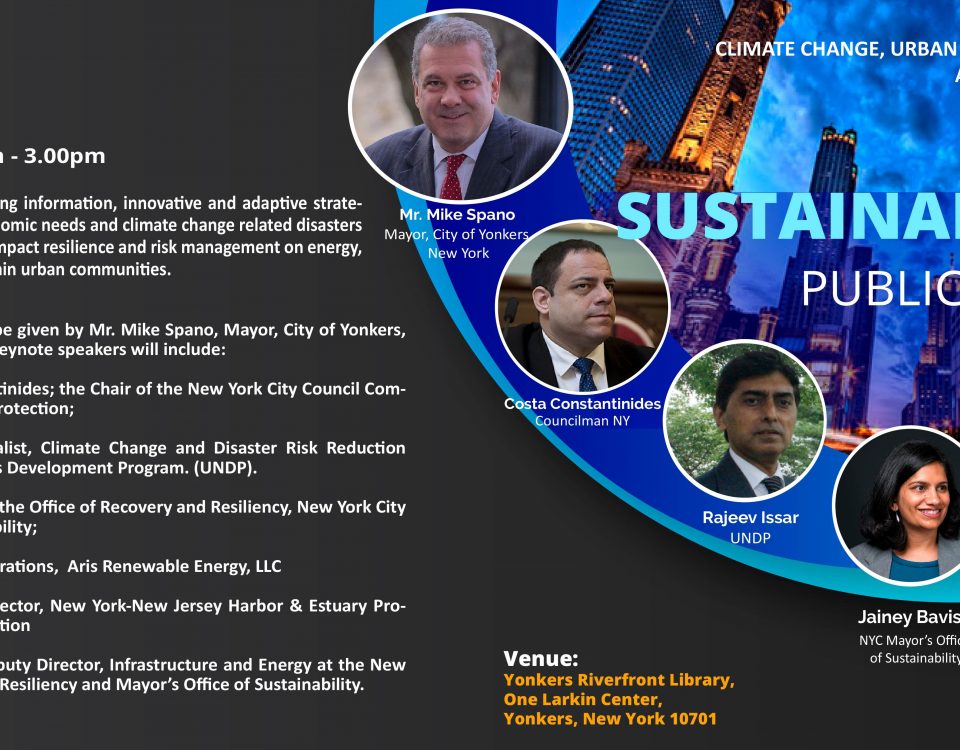
Early career researcher networks meet in London
February 1, 2018
Women: The force behind the achievement of Sustainable Development Goals
March 8, 2018
Coping with Water Crisis in Cape Town
.
Drying Dams of Capetown: The impending Global Water Crisis

Another contributing factor is the unusual drought the city experienced in 2017. The 2017 drought was worst in over a century. There are 5 major dams that supply Cape Town with drinking water. By the end of 2017, those dams collectively had storage capacity of 21.2 %, of which the last 10% is unusable water.
The shifting weather patterns coupled with demographic changes are putting a lot of pressure on water in Cape Town. Consequently, drastic measures are being taking by the city government and the government of the Western Cape province to manage the water crisis.
For instance, residents in the city queue up to fill their containers from the city water supplies. These residents are told to limit showers to 90 seconds, while others recycle bath water to help flush toilets in order to conserve water.
As voluntary and moral suasion have failed, Cape Town Mayor’s office is considering using forceful measures to reduce water use. Beginning February 2018, residents are allowed to use only 50 liters, of a little over 13 gallons of water per person, per day. However, enforcing such policies remains problematic.
In essence, by the end of 2017, the dams serving Cape Town had only 11% in their reserve. The reservoir of Cape Town’s largest dam, Theewaterskloof, is almost dry. Water is central to the evolution of human civilization and existence.
In addition to its environmental impact, chronic water scarcity has the health implication of increasing the danger of diseases that surge when people do not wash their hands regularly.
p>As the second largest city in South Africa and major tourist destination in sub-Saharan Africa, the water crisis in Cape Town has some global implications for sustainable water conservation and management.




